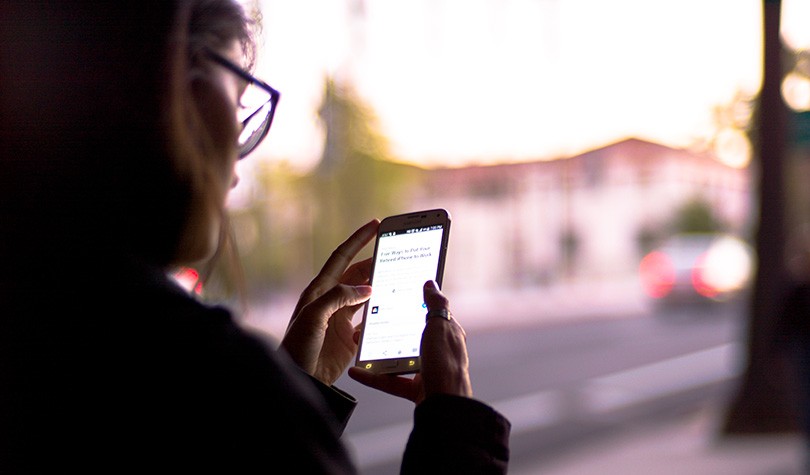5 Failsafe Bidding Strategies for LinkedIn Sponsored Content
When good content reaches the right audience on LinkedIn, everyone wins. The content creators get a chance to make a memorable impression, readers get something valuable for their time investment, and LinkedIn continues to grow its reputation as a destination for content worth reading.
So it makes sense that the tools we offer at LinkedIn Marketing Solutions have a dual aim:
- Encourage the amplification of content to the most relevant audience
- Promote and reward content that compels readers to engage with it
LinkedIn Sponsored Content is a powerful tool marketers can use to pull off those elusive win-win scenarios. They are native ads that appear directly in your audience’s LinkedIn feed, designed to complement the organic content already there.
As such, Sponsored Content incentivize marketers who create compelling content, and they deliver real results. For example, the Queen’s School of Business increased traffic to their site by 300% with a Sponsored Content campaign. Banking giant HSBC lifted their organic update impressions by 1500%, and increased their social engagement by 900%.
There are three unifying themes of successful Sponsored Content campaigns:
- Compelling content
- Targeting a relevant audience
- A winning bid strategy
In this post, we focus on the final piece of the puzzle: Creating a bid strategy that maximizes your budget.
First, a little background information: When running your campaign, you can choose to bid on a cost per click (CPC) or cost per thousand impressions (CPM) basis. Displayed updates are determined via a second-price auction. That means the winning bidder pays not their maximum bid, but just enough to beat the second-place bid.
Bid strategy changes depending on the goal of your campaign, your budget, and how well your content performs. Here are five strategies to consider when setting and monitoring your Sponsored Content campaign.
1. Use CPC for Action-Oriented Campaigns
When your goal is to get customers to take a specific, measurable action, it’s a good idea not to spend budget on impressions. Set your bid to CPC to begin with. That way, you only pay when someone interacts with your update in a way that syncs with your goals.
2. Use CPM for Thought Leadership and Branding
For these types of campaigns, viewing content is the most important action a reader can take. So it makes sense to put your budget on impressions. This is especially true if you’re promoting a SlideShare, video, or other form of rich media.
3. Start at the High End of the Recommended Range
The Sponsored Content platform will suggest a bid range that makes your content most likely to be seen. To see immediate results for a strong start, bid toward the top of that recommended range. Remember, you only pay enough to beat the second-place bid.
4. Slow Down Your Spend by Switching to CPC
As is the case with all feeds, each piece of content will get more impressions than clicks. CPM is good for maximizing your content’s visibility. Too many impressions is a good problem to have, and it can help to quickly measure performance. If your CPM campaign is pacing too quickly in terms of budget, however, you can always switch to CPC and focus on the actions that will drive business results.
5. Make the Relevance Score Work for You
As your campaign runs, LinkedIn automatically assigns a relevance score to each update. The score is calculated based on a number of factors including click-through rate, sharing activity, comments, and user feedback.
LinkedIn uses a combination of bid and relevance score to determine which updates display in a member’s feed. It’s possible for a lower bid with a higher relevance score to win. Optimize your campaign for a relevance boost: monitor your updates’ performance, turn off low-performing updates, and allocate more budget to high-performing updates.
For the best results, align your bid type with your goals and use performance data to optimize your campaigns. Above all, strive to create quality content that compels readers to click, like, share, and comment.
For a thorough look at the entire process of running a Sponsored Content campaign, download The Ultimate Guide to LinkedIn Sponsored Updates.



